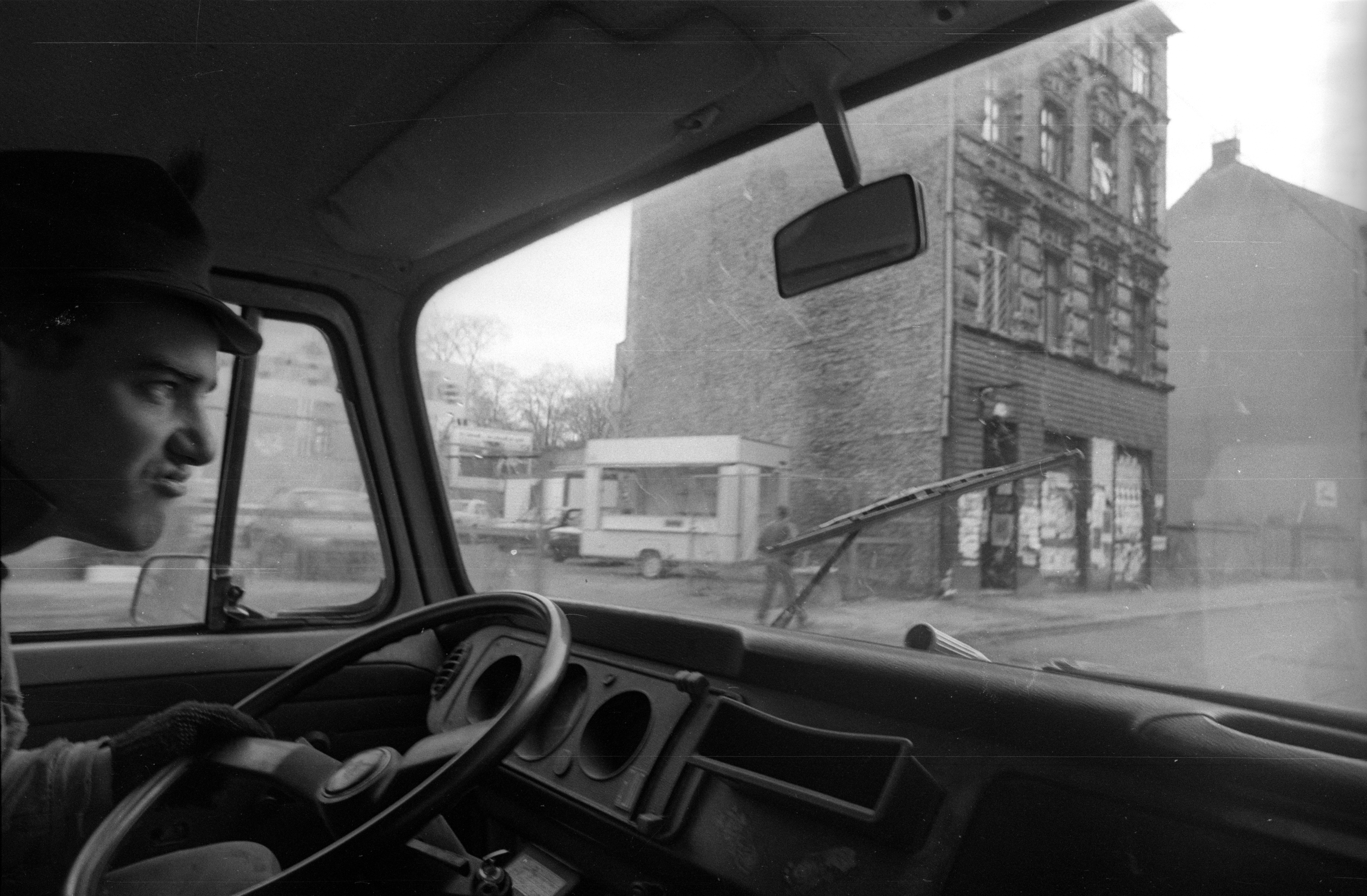No Photos on the Dance Floor!
Berlin 1989 – Today.
C/O Berlin
Exhibition Review
Published by Photomonitor
October 2019.

Image courtesy of C/O Foundation, Berlin.
Techno is a particularly peculiar genre of music. If quizzed, very few members of the general public in most countries would be able to name five techno songs. Yet, if asked to conjure ideas surrounding what the genre embodies, most, if not all would have some very specific and distinct ideas, however absurd or accurate: dance moves, gestures and even sound effects. Like many other genres of music, the role of Techno as a vehicle of change, unity, pride, liberation and experimentation for nearly three decades, has not only been somewhat downplayed but now faces a slow but certain erosion and disassembly at the hands of several societal and worldwide shifts affecting the unofficial home of the genre, Berlin. With that in mind and the very real threat to the authenticity and autonomy of the underground, there has not been a more appropriate time to share and celebrate the genre and the elusive, hedonistic and euphoric culture birthed by way of it.

Image courtesy of C/O Foundation, Berlin.
‘No Photos on the Dance Floor!’ at C/O Berlin Foundation, Charlottenburg showcased this very culture (one aptly described in the press release as the last major youth culture movement in Europe to date), featuring the works of twenty-seven artists. The exhibition was no light lunch; rather several substantial courses of visual art across photographs and moving image, each of which provided an important, varied and unique visual meditation on the roles of attendee, location and era in Berlin, on Techno and club culture itself. Needing no introduction was the work of Wolfgang Tillmans, presenting a mildly interesting selection of images true to his often employed, no-frills style of curating, of spliced moments from nights out clubbing in the capital— the standout image being a long exposure of bare-torsoed men, captured as a huddled, ethereal collective form. Martin Eberle’s images, however, demanded more attention from the get-go and rightly so. Lifesize, flawless and detailed, they showcased clubbers, freshly post-rave complete with flaws and visual cues, as well as the temporary spaces transformed for the events themselves. Palpable and precise, his images could satisfy even the wildest of curiosities of non-ravers who may have never been clubbing in Berlin. When stripped of the context of darkness, strobe lighting and human presence, those bare, stripped-down spaces could pass as, and in some cases, exist as simple, generic places of mundane activity— waiting rooms, community halls or even storage spaces. Like many other DIY genres of music, one can see the power of performance as transformative, regardless of how uninspiring the location.
In addition were the works of Erez Israeli and Salvatore Di Gregorio, who both strayed from the herd with their respective commercial styles of portraiture, Tilman Brembs with his eclectic collection of faces, donning masks, wild hairstyles and gaudy jewellery, Camille Blake with her mix of candid and composed images… the list really does goes on. Likely the most contextual and historically important work was that of Ben de Biel; his slideshow of images from series ‘90-95’ displaying the desolation, destruction and despair of Berlin in it’s newly liberated post-cold-war state within black and white images, many of which seemed too post-apocalyptic to liken with the same city as it’s known now, little more than twenty-five years later. ‘Tacheles’, the totem image of sorts: a scene of three abandoned cars, consumed by arid earth against a backdrop of dilapidated buildings, fit to collapse. To truly understand the culture that arose into what we know now as Techno, one really must see the location and landscape that helped shape it.

Image courtesy of C/O Foundation, Berlin.
As with most media exploring subcultures, there’s nothing more satisfying than seeing it documented by those part of that life. It was this air of authenticity, prevalent throughout the show itself, that allowed the often bittersweet ting of exploitation or insensitive fascination to remain absent. Not all works were necessarily compelling nor original in their approach, with many (especially images taken in the clubs themselves) seeming to overtly and suspiciously contradict the exhibition title, but all seemed relevant and accurately chosen to reflect a larger, lasting experience and present the inner-workings of what is for many, a sacred and dedicated lifestyle. The exhibition title and to a lesser extent, the viewing of these works and their temporary Techno worlds, could not be more relevant within our present age of both internet-addiction and rapid worldwide inner-city gentrification; the works themselves are reminders of real, organic collective experience, and its importance within an ever-growing digitised world.